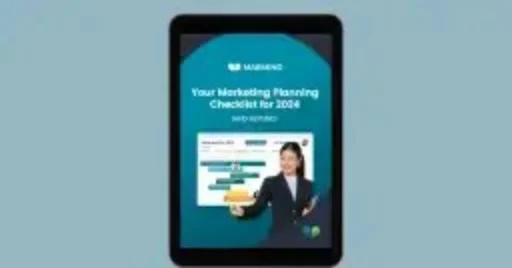The internet revolutionized the way we communicate, learn, and consume information. It also changed how we do business and promote our goods and services.
Gone are the days when marketing campaigns were fought and won on billboards and subway posters. Today, marketers are engaged in a digital scrap that grows more competitive daily.
Digital marketing is becoming more complex. As a result, you must develop better budgeting skills to maximize your marketing effort.
Here are the key points covered in this article:
- What is digital marketing
- How much should you spend on your digital marketing
- Paid channels
- Unpaid channels

How much money should we spend on digital marketing this year?
That’s the big question. You want to know how much cash you’ll have to lay down to have a profitable year.
And it comes down to four things:
- Company size
- History
- Goals
- Competition
Company Size
A large company with a half-a-million dollar marketing budget will spend differently than a small company. For that reason, it’s almost impossible to give out a number that fits most companies. It’s all relative to your company’s size and resources.
History
While seniority isn’t the winning ticket in marketing, having history is essential to determine your digital marketing budget. The further you can look back will help you evaluate your marketing spend. But this only works if you analyze the right marketing budget KPIs.
For new companies, it’s critical to track your marketing effort from the start. Consider a marketing resource management (MRM) to make your life easier.
Goals
A company without clear goals isn’t going anywhere fast. You can use the classic SMART approach or an alternative that works just as well. Have a look at Anne-Laure Le Cunff’s PACT.
It’s rather clever:
P – Purposeful
A – Actionable
C – Continuous
T – Trackable

Competition
Knowing your competition is half the battle won. Your competition determines how much you should spend on your digital marketing. To do that, you have to ask the right questions:
- Are they outranking us on key terms in search results?
- Do they spend a lot on PPC to drive traffic to their website?
- Can we reverse-engineer their social media strategy?
- What are they doing that works for them?
- What isn’t working for them?
- Can we exploit some of their weak points?
Knowing how much to spend on your digital marketing will always be challenging. There isn’t a ready-made template you can use because your company is unique. To find the right balance, dig at the heart of your business and learn everything you can about your competition.
What must be included in your digital marketing budget?
There are two forms of digital marketing: paid and unpaid marketing channels. Separating the two gives you a more granular view of your spending. And it’s an effective way to create a realistic marketing budget.
According to Gartner, more than half of digital spend was allocated to paid channels in 2022.
Paid Channels
Channels involving payments are known as paid channels. They help you promote your business and spread your message. Done well, paid channel marketing can drive traffic to your website, increase your number of leads, and multiply your sales.
You can target a specific audience with paid marketing, making your marketing effort laser-focused. What’s more, paid channels help boost your exposure rapidly.
Here are 6 popular paid channels to include in your digital marketing budget:
- Social ads (Facebook, Instagram, TikTok, Twitter, LinkedIn)
- Search ads (above or below search engine results)
- Display ads (paid placement based on targeting preferences)
- Video ads (like a short clip before a Youtube video)
- Audio Ads (podcasts or music streaming)
- Digital out-of-home (any digitally delivered ad outside of a person’s home)
Unpaid Channels
Any marketing tactic that doesn’t require you to pay is an unpaid channel. Promoting your business on social media and creating blog posts to drive traffic to your website is considered unpaid marketing.
Unpaid marketing is excellent for several reasons: it gives your company exposure, helps build your brand’s identity, and it’s free.
The following 6 unpaid channels are essential for your digital marketing budget:
- SEO (on-page and off-page)
- Email marketing (newsletter, promotion, retention)
- Content creation (ebooks and blogs posts)
- Organic social media (posts and reels)
- SMS marketing (coupons and sales)
- In-app Advertising (banner ads and video ads)

Last Thoughts
What you include in your digital marketing budget depends on your target customers. You have to consider where they hang out and what media they prefer.
Choosing paid channels over unpaid ones will not necessarily help you grow faster. In the same way, unpaid channels will not save you money because they’re technically free. It’s about finding the right balance between the two.
Autor

Peter Fechter
Peter is Digital Marketing Manager at MARMIND and mainly responsible for website and lead management. When he's not busy creating content, he is developing new strategic approaches for campaign planning.
In this video, we show you the 5 main features of MARMIND’s budget & cost module – and how it can be used in the best way for your marketing purposes:
- Top-Down Budget Planning
- Spend Management & Forecasting (Bottom-up Basis)
- Set up reconciliations from actual costs to planned/committed costs
- How to set up scenarios
- How you can integrate budget forecasts, ROI and performance KPIs into other views and into reports












